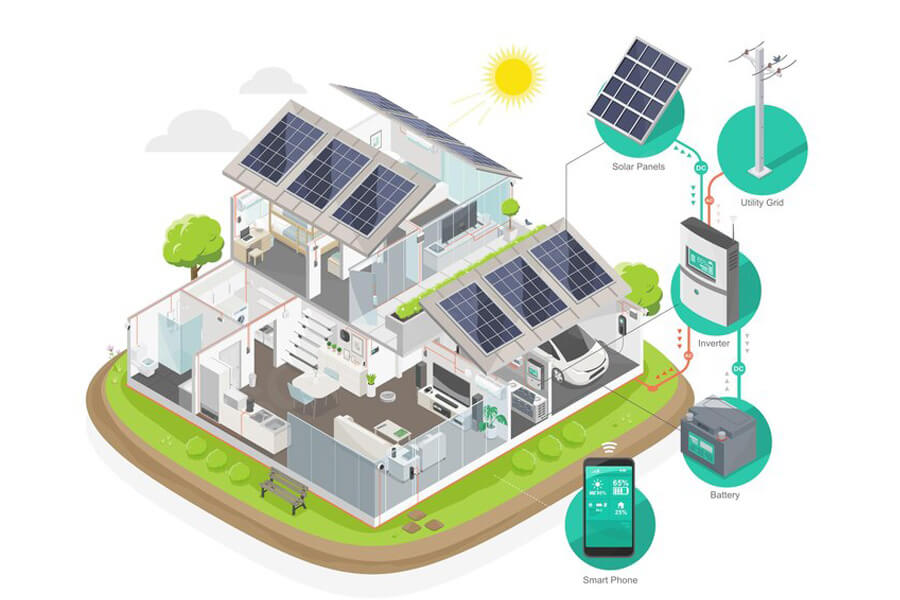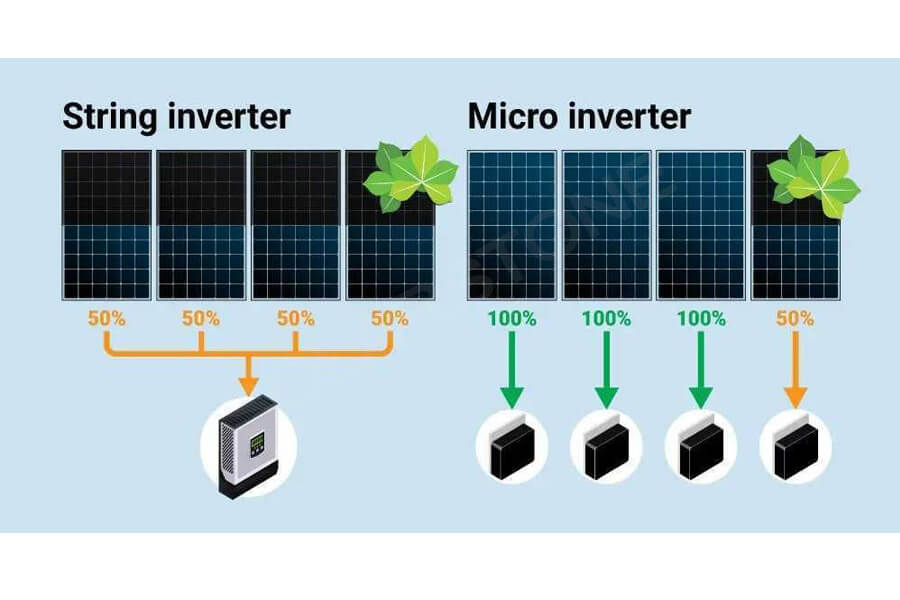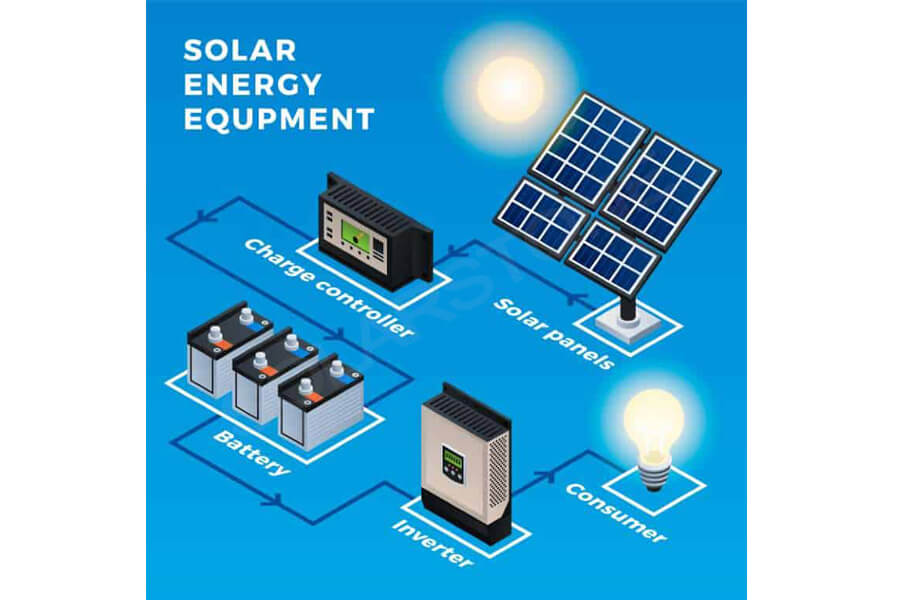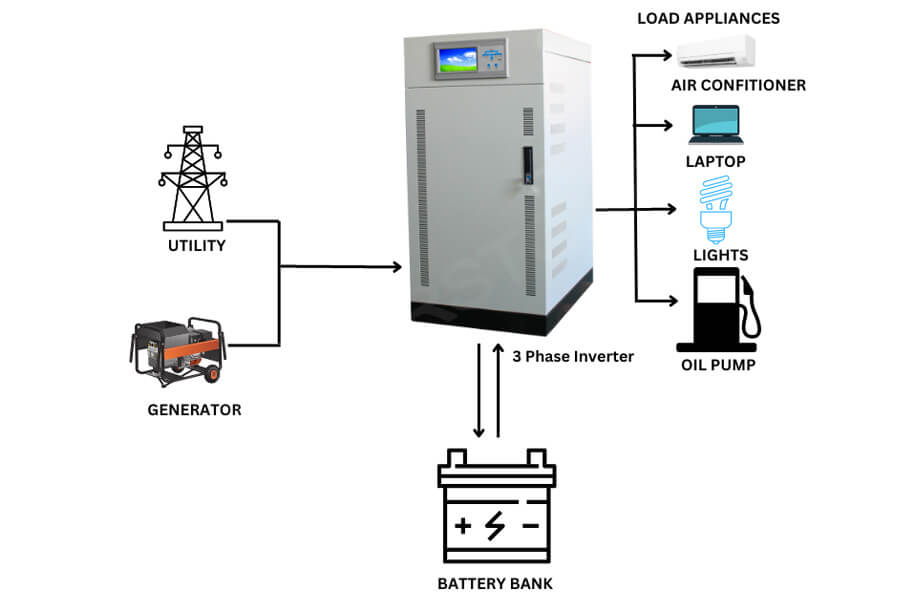Power optimizers and micro inverters: When do they make sense?
Maximum Power Point Tracking (MPPT) technology can be used in both traditional and hybrid inverters to increase their power output. However, MPPT optimizes the power output of the entire solar panel, and there may be situations where you need to optimize the solar panel separately. Here are some examples:
- Some roofs may have complex designs with different heights, orientations, and pitch angles. In these cases, it may not be possible to group solar panels to have similar sunlight conditions.
- Some roofs are suitable for installing solar panels, but at certain times of the day or year, they may experience shading issues. In this case, due to shadows, it may not be possible to achieve the optimal solar panel layout. The solar panels are connected in a series circuit, and a single shaded panel will affect all other panels in the circuit.
The power optimizer and micro inverter perform the same function – individually controlling each solar panel to maximize the total power output. However, each device completes this function in a very different way.
The power optimizer can be comparable to MPPT circuits. They are small devices connected to each solar panel and can optimize voltage and current based on sunlight conditions.
Power optimizers increase the DC output of solar panels, but they do not convert it into AC power – you still need a solar inverter to achieve this.
There is a hybrid inverter compatible with the power optimizer. In this case, you can individually increase the output of the solar panel while adding energy storage to the entire array.
Micro inverters can also optimize the power output of solar panels while converting it into AC power. Due to this feature, you will not need a separate solar inverter.
However, micro inverters are not directly compatible with battery systems, as electrical energy has been converted to AC and the battery is charged using DC voltage. In this case, you will need a separate inverter only for the battery system, making the project more expensive.
As you might expect, both power optimizers and micro inverters will increase the cost of solar systems, as each panel is equipped with a power conversion device.
For example, an array containing 30 solar panels will require 30 power optimizers or micro inverters. These technologies are only recommended when solar panels cannot be optimally grouped and their additional costs can be compensated for by increased power generation.






